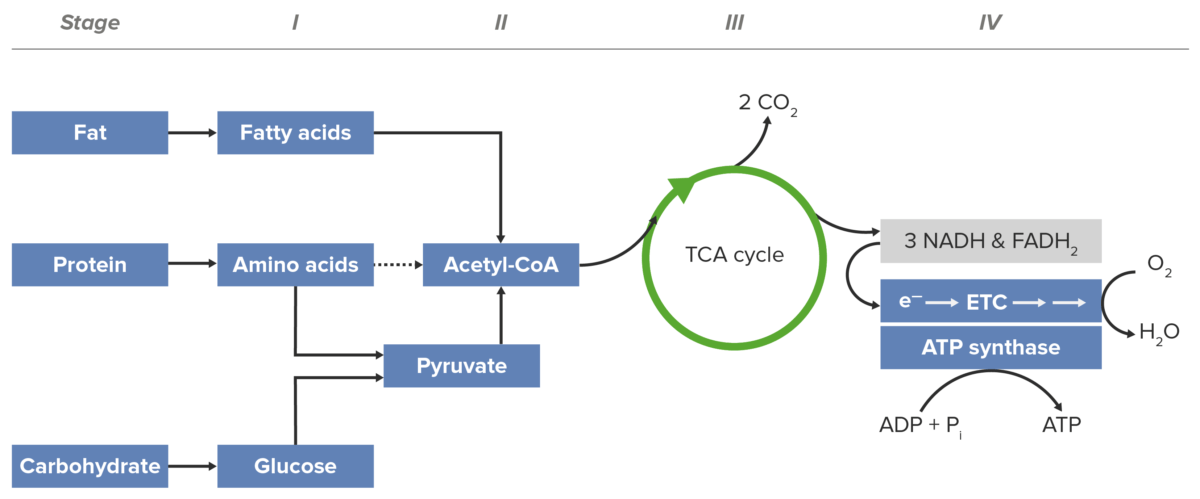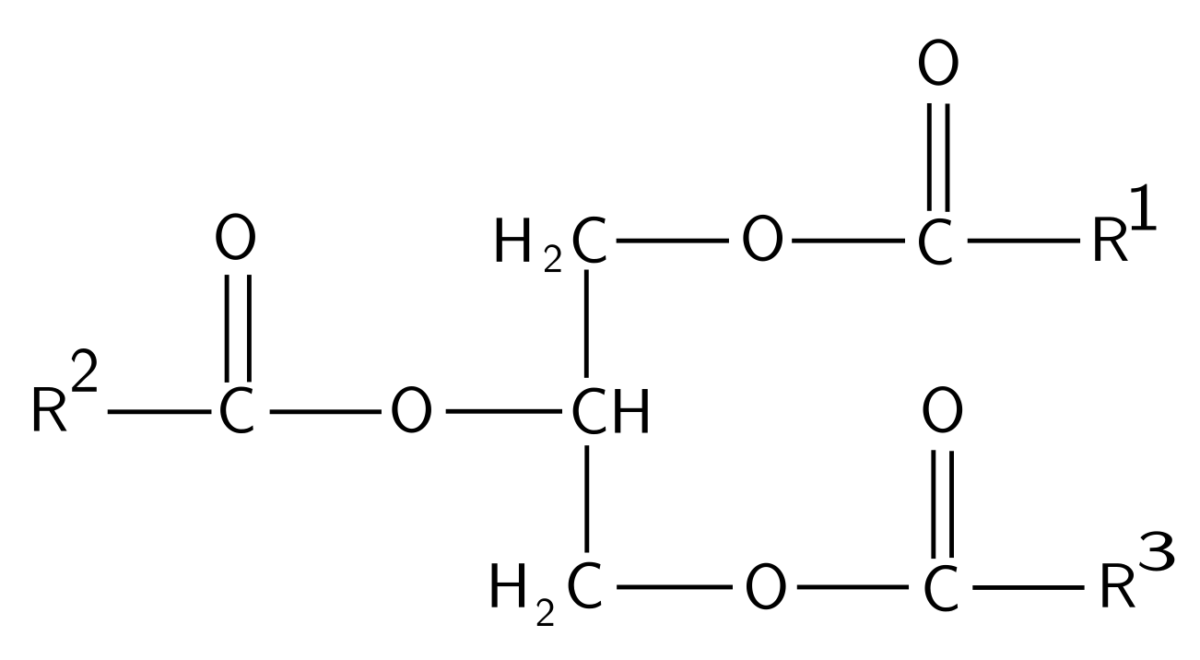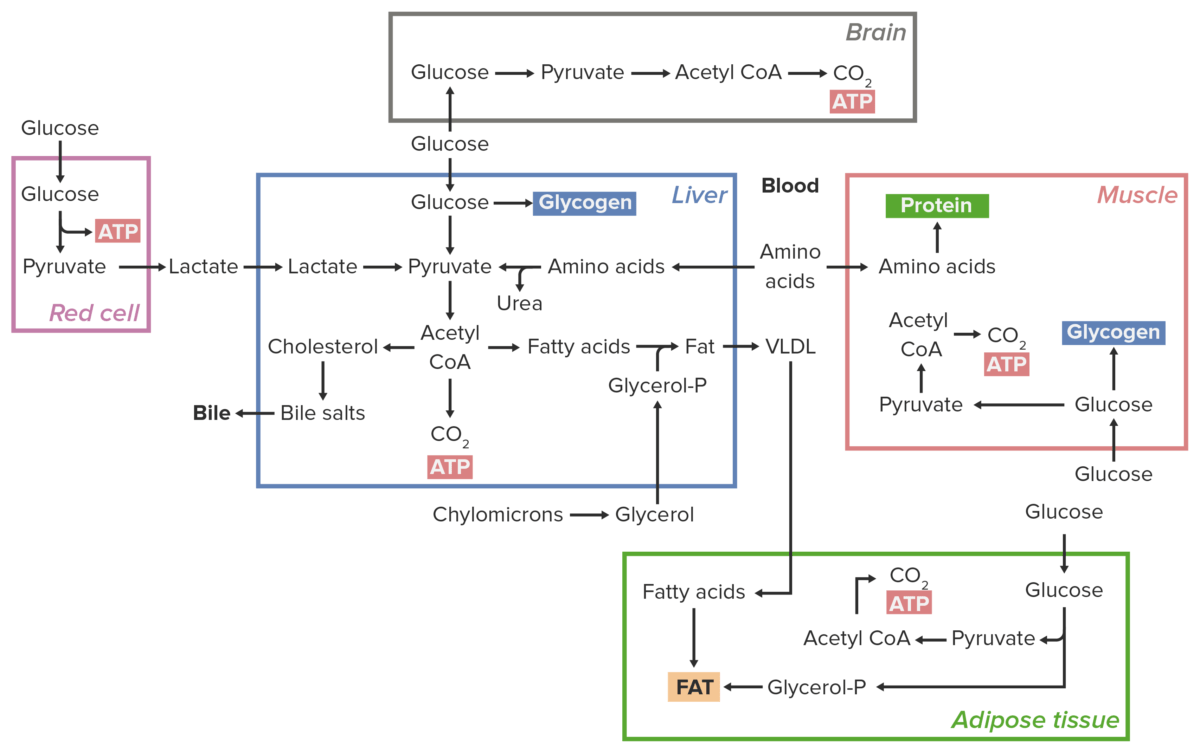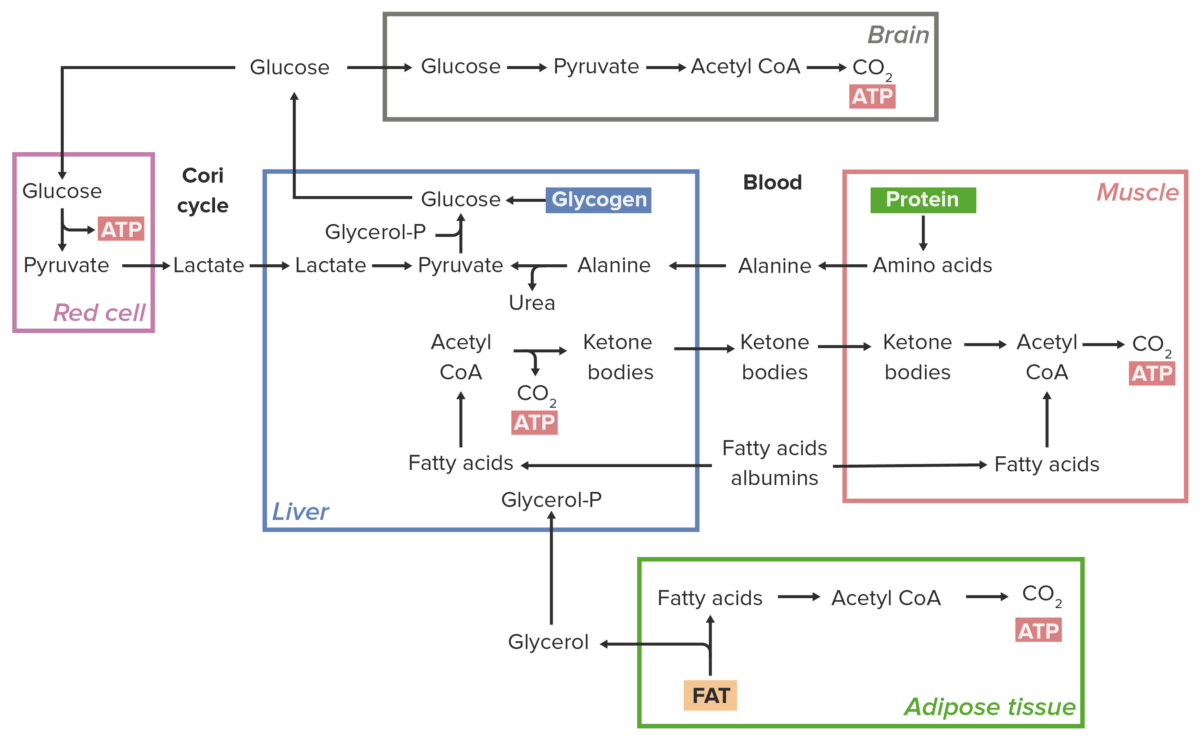Homeostasis Homeostasis The processes whereby the internal environment of an organism tends to remain balanced and stable. Cell Injury and Death is the steady state Steady state Enzyme Kinetics of equilibrium Equilibrium Occurs when tumor cells survive the initial elimination attempt These cells are not able to progress, being maintained in a state of dormancy by the adaptive immune system. In this phase, tumor immunogenicity is edited, where T cells keep selectively attacking highly immunogenic tumor cells.This attack leaves other cells with less immunogenicity to potentially develop resistance to the immune response. Cancer Immunotherapy. Similarly, in biochemistry, energy homeostasis Homeostasis The processes whereby the internal environment of an organism tends to remain balanced and stable. Cell Injury and Death is the balance point between energy supplied and energy dissipated (i.e., a constant energy state) that the human body seeks to maintain for optimal performance. The hypothalamus Hypothalamus The hypothalamus is a collection of various nuclei within the diencephalon in the center of the brain. The hypothalamus plays a vital role in endocrine regulation as the primary regulator of the pituitary gland, and it is the major point of integration between the central nervous and endocrine systems. Hypothalamus plays a central role in regulating energy homeostasis Homeostasis The processes whereby the internal environment of an organism tends to remain balanced and stable. Cell Injury and Death. Inefficient energy homeostasis Homeostasis The processes whereby the internal environment of an organism tends to remain balanced and stable. Cell Injury and Death is thought to be a major factor in the obesity Obesity Obesity is a condition associated with excess body weight, specifically with the deposition of excessive adipose tissue. Obesity is considered a global epidemic. Major influences come from the western diet and sedentary lifestyles, but the exact mechanisms likely include a mixture of genetic and environmental factors. Obesity epidemic. Many models have been proposed to explain and further understand the mechanism of energy homeostasis Homeostasis The processes whereby the internal environment of an organism tends to remain balanced and stable. Cell Injury and Death.
Last updated: Apr 25, 2025

Energy generated from metabolic fuels
ETC: electron transport chain
FADH: flavin adenine dinucleotide
NADP: nicotinamide adenine dinucleotide phosphate
TCA: tricarboxylic acid

Glycogen phosphorylase:
The process of breaking down glycogen involves the glycogen phosphorylase enzyme.

Structure of triglyceride
Image: “General structural formula of triglycerides” by Lennert B. License: Public Domain
Metabolism in absorptive state in different tissues in the body
Image by Lecturio.
Metabolism in postabsorptive state in different tissues in the body:
Note the role of glucose, ketone bodies, and fatty acids.
| Fed state | Fasting state |
|---|---|
|
|
| Fed state | Fasting state |
|---|---|
|
|
Resting muscle:
Active muscle: